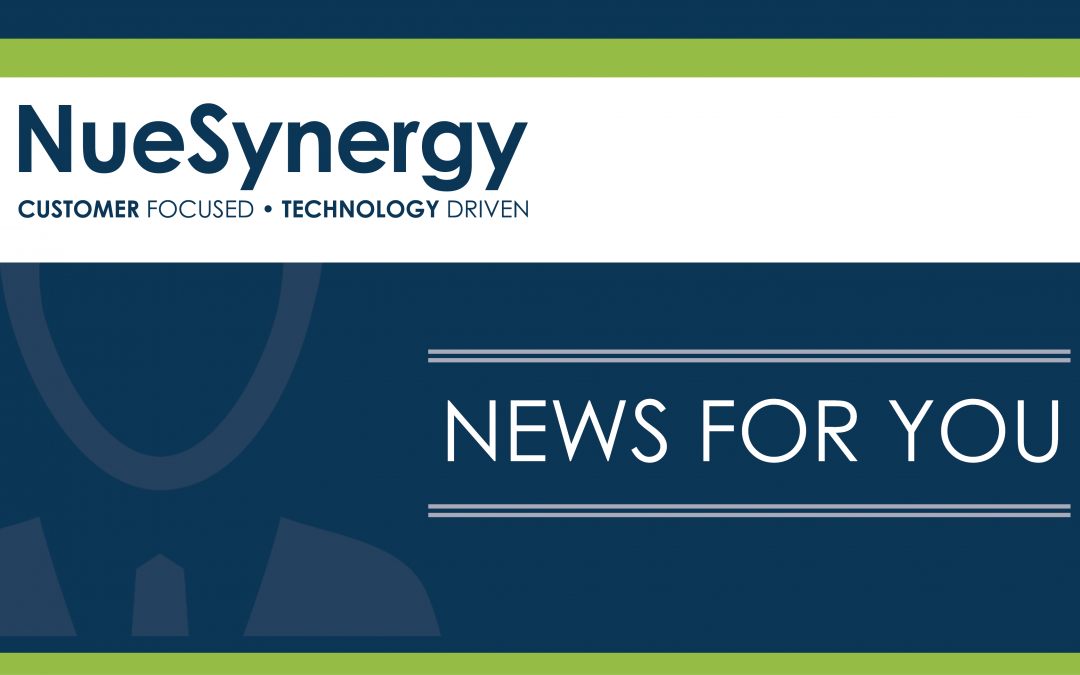
Open Enrollment is right around the corner
Are you confident your participants understand their benefit account options? Do they grasp how pre-tax accounts can help them save money and gain control over their healthcare and financial future?
Consumer research indicates they don’t.
For over 20 years, NueSynergy has partnered with agents and their employer clients to administer HSA, FSA and HRA programs that focus on bringing true value to the benefits plan. We can directly support your communications strategy and educate your participants to become more informed consumers who are ready to make important benefit decisions that fit their needs.
See how NueSynergy can help your participants during this Open Enrollment period to develop a benefit account offering that best fits their unique culture, workforce, brand and benefits program.
Contact us today for a consultation at 855.890.7239 or sales@nuesynergy.com




